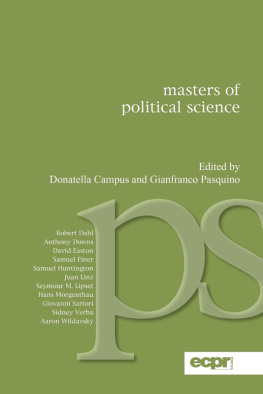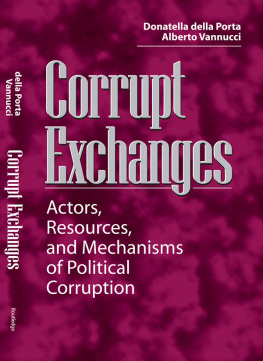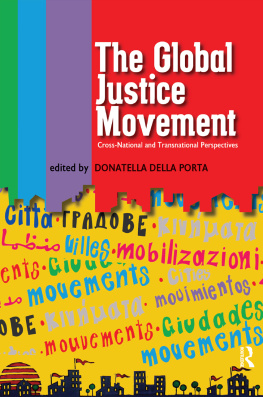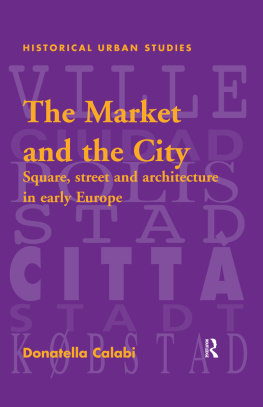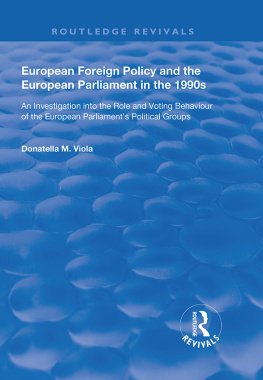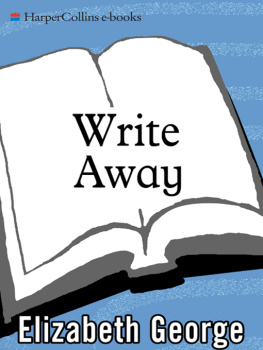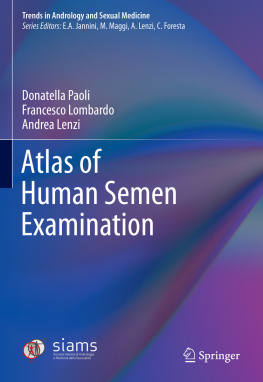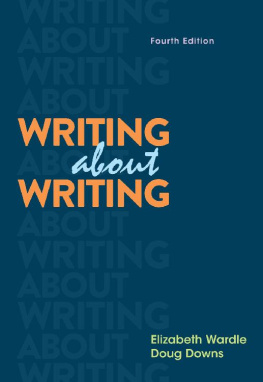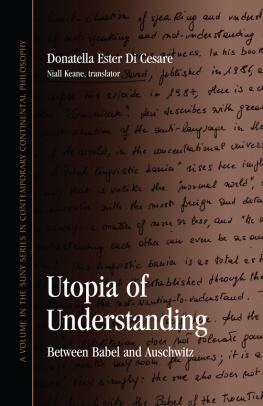It was in the opening lines of a pamphlet published in the spring of 1558, only a few months before Elizabeths coronation, that John Knox famously proclaimed: To promote a Woman to bear rule, superioritie, dominion or empire above any Realme, Nation, or Citie, is repugnant to Nature, contumelie to God, a thing most contrarious to his reveled will and approved ordinance, and finallie it is the subversion of good Order, of all equitie and justice.
Surprisingly, however, despite a wealth of publications on Elizabeth and her performances, her writing was neglected for a long time. Only at the end of the 1980s did the The Norton Anthology of English Literature include Queen Elizabeth as an author, citing two poems , though one of her portraits had long decorated the books cover. Even The Norton Anthology of Literature by Women made a similar choice, including only one speechher celebrated address to the troops at Tilburyand still omitting her parliamentary orations. And yet, Elizabeth lived immersed in a culture of writing, as it has been aptly put:
In 2000, finally, a complete modern-spelling edition of Elizabeths works, prayers, poems , letters and public speeches was published thanks to the work of Leah Marcus, Janel Mueller, and Mary Beth Rose, who presented for the first time a wide selection of her works in one volume, thus allowing students and scholars alike to compare texts and genres from different periods of Elizabeths life and production. A few years later, in 2003, Marcus and Mueller edited a crucial companion volume that provides verbatim texts of her autograph works and writings in foreign languages.
This past decade, however, has shown a renewed interest in Elizabeth as an author: in 2009, Janel Mueller and Joshua Scodel devoted two volumes to Elizabeths translations.
The present collection newly brings together a number of the authors mentioned so far, further illuminating the multifaceted written production of Elizabeth I . The aim of the book is to take a closer, updated look at the role that textuality plays in Queen Elizabeths life as a powerful, ruling monarch. A range of diverse approaches are adopted here to shed light both on the queen considered as an author in her own right, and as someone whose authority is also reflected in, or produced by, the writing of others, with special regard to the important Anglo Italian connection: linguistic and philological analyses are offered along with literary and cultural-historical explorations, in an eclectic, and, we feel, particularly fruitful perspective. Of course, the queens agency and the very authenticity and origin of the materials under analysis remain a permanently thorny issue in studies devoted to her intellectual work. However, the contributors to this volume choose not to focus specifically on the problems of authorship attribution, a topic addressed in many previous studies; these new essays largely build upon the acknowledged canon, and in any case do not disregard the importance of cultural constructs of authoriality, so that even some texts of dubious attribution are considered as crucial indications of Elizabeths status as cultural agent.
The first part of this book is concerned with bringing into relief Elizabeths ability as an author and a scholar: an investigation that ultimately also turns into a survey of the multi-layered strategies that the queen employed to acquire and hold power, not so much with her political speeches as with her translations, letters, poems and prayers. These are the subjects of the essays in this section, whose main aim is to make a fresh contribution by encouraging both literary and linguistically minded approaches that reflect upon the variety of text types, stylistic registers, discourse strategies, authorial concerns and linguistic attitudes at play in Elizabeths corpus.
In The Young Princess Elizabeth, Neo-Latin and the Power of the Written Word, Brenda Hosington develops a rich exploration of the young Elizabeths relationship to Latin and her involvement with translation . The essay pays special attention to Elizabeths early Neo-Latin works, which have attracted little critical scrutiny so far: four familiar letters to her brother Edward, two dedicatory letters to her father and brother, the Latin translation of Katherine Parrs Prayers or Meditacions , and a Latin translation of Bernardino Ochino s sermon, Che cosa Christo & per che venne al mondo. In Hosingtons critical reading, these works demonstrate that at a very early age Elizabeth was acutely aware of the power of the written word, and of the possibilities it could offer her as she strove to articulate a certain conception of the monarchy, reinforce family relationships , and create for herself the persona of a learned and pious young woman, thus ensuring her personal safety and inclusion in the unstable world of the Tudor court. In other words, they testify to Elizabeths skill in enacting strategies of self-preservation linked to modalities of self-representation.
Alessandra Petrinas investigation similarly considers the linguistic expertise of Elizabeth as translator of Cicero and sheds new light on the circumstances of the production of her English version of Pro Marcello , which was probably undertaken in 1592; the translation , Petrina shows, is situated at a juncture that unites the practice of her cursus studiorum and the work she undertook on Latin classics in the years of her maturity. This essay would seem to confirm Leah Marcuss well-known suggestion that one of the queens reasons for translating was to let the public know that she was engaged in the activity, which she invested with a precise political significance: the translation of Cicero was thus both a linguistic exercise and a meditation on politics, allowing Elizabeth to develop a sort of meditation on a number of keywords that were central to her political practice.
Mel Evans and Donatella Montini go on to discuss Elizabeths written production from a sociolinguistic and pragmatic perspective. In a corpus-linguistic approach, Evans compiles and compares two corpora, one made up of a holograph and the other of scribal letters , drawing attention to keywords and their frequency, but especially to grammatical forms of self-reference that focus on identity construction, as well as interpersonal language. Differences between letter types emerge that have much to reveal about the representation of the royal self and the positioning of the author in relation to the recipient. The final discussion of a hybrid letter, in which scribal and holographic elements are combined, shows how the text exploits the contrastive potential of both letter types.
Donatella Montinis essay examines Elizabeths devotional writing, in particular a small corpus of four prayers in vernacular attributed to her, which provide a crucial example of the linguistic and discursive strategies used by the queen in her construction of a personal authorial voice directly addressing God. As highly interactional text-types that stage a dialogic relationship between two subjects, one mortal and one divine, prayers as a genre lend themselves to be analysed with the tools of pragmatics, which help qualify Elizabeths pious idiolect and reaffirm her ability to publicly manage her condition as sovereign, Supreme Governor of the Church and woman. A form of devotional Petrarchism is here inaugurated in which even the Heavenly Father is assigned a tributary role in the queens self-representation.
Cristina Vallaros essay closes the first section and in a way introduces the second part of the collection, considering Elizabeth both as an author in her talent as a poetess, and as the subject of popular imagination. The queens unhappy French love affair and her marriage negotiations with the duke dAnjou, celebrated in poetic terms as a clash of public and private identities in her famous On Monsieurs departure , are here connected to the contemporary lute song by John Dowland , Now O now I needs must part , which describes the suffering of a heartbroken lover, elaborating on the themes of absence and desire.


